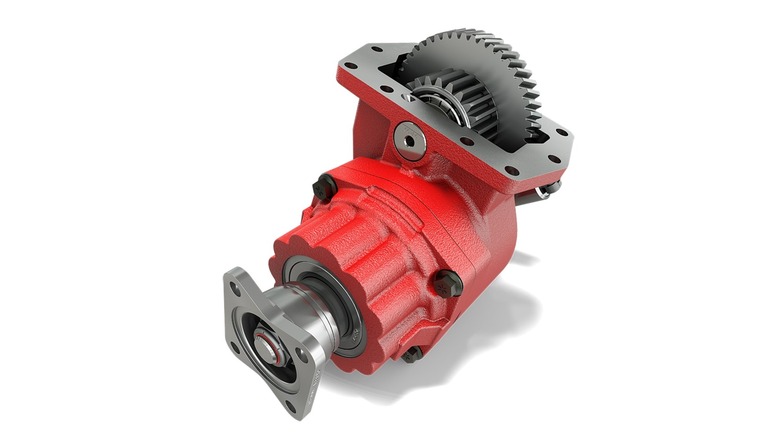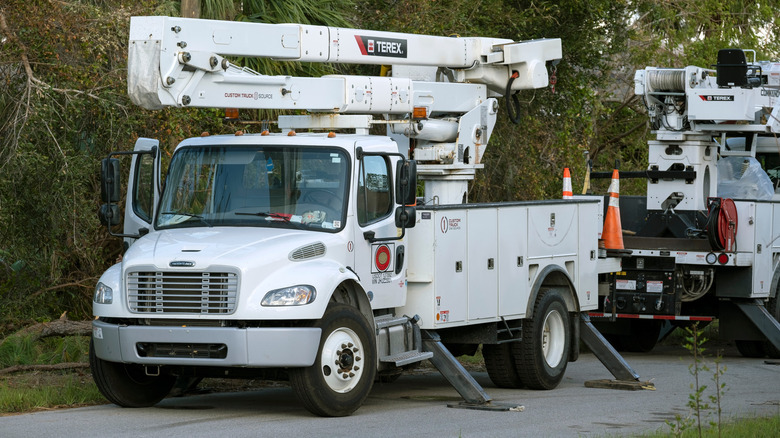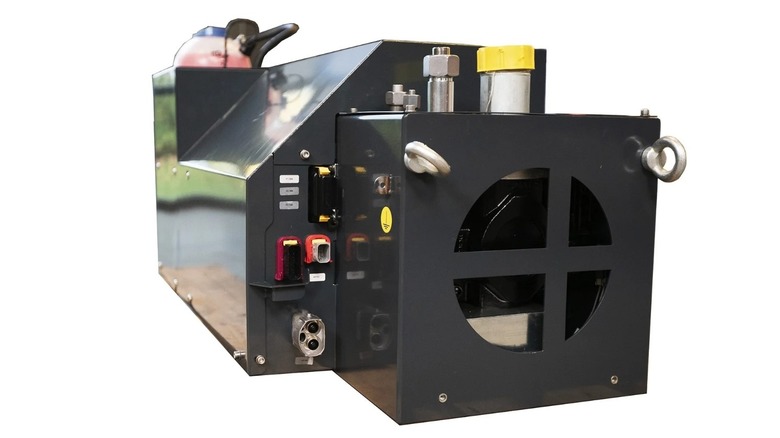What Does PTO Mean For Trucks & How Can It Make Them More Versatile?
When most gearheads talk about off-highway engines, they like to focus on the massive torque and horsepower figures, which is fair. However, they forget another feature that's just as crucial to a modern diesel engine and heavy-duty applications: the power take-off (PTO). It's a power generation method that allows tapping into a running engine's mechanical power and transferring it to auxiliary machines or equipment like snowblowers, booms, or pumps. This makes it especially useful in situations where hooking up a secondary power source just isn't practical.
PTOs may not get the spotlight they deserve, but they have quietly kept many industries running for years. You'll find them often tucked away on drilling rigs, farm haulers, fire engines, and pretty much anywhere else you'd want your truck to perform two jobs at once. And they're not stuck in the past, either: Modern PTOs are being redesigned by the day, with most now featuring smarter controls, better materials, and there are even electric options aimed at reducing fuel waste.
So, it's not about shafts and gears anymore. Today's PTOs are getting better alongside the trucks that rely on them, blending that raw mechanical power and modern tech to help you get the most out of your truck. That said, it's no surprise they still remain relevant to date despite the first practical PTO rolling out way back in 1918, courtesy of International Harvester.
How PTOs make trucks do more
You could have one truck hauling loads, running a crane, powering a pump, or spinning an auger, all without the need to plug an extra generator, all thanks to PTO. The strength of PTOs continue to evolve: Speaking to Fleet Maintenance in 2023, Tim Bauer, VP of Aftermarket at Eaton Vehicle Group, said that majority of the current improvements being made to PTOs have to do with using better materials to make them more durable and reliable. He also added that fleets now have more PTO options with different mounting setups, gear ratios, and adjustments, all aimed at accommodating different power requirements.
"Rear mounted PTOs are now gaining popularity in the U.S. market," Bauer said. "They are great for tight spaces and typically are easier to install and set up. The rear location provides improved ground clearance and more room to directly mount the pump to the PTO and facilitates easier hose routing." And it's not only the PTOs evolving.
Even newer trucks are becoming more intelligent, particularly in their interactions with PTOs. Daimler's Western Star 49X released in 2021, boasting one of the most powerful diesel engines ever made, an ideal example of this. "We've given operators the ability ... to control engine speed when in PTO mode simply using steering wheel buttons," said Dan Silbernagel, the vocational segment strategy manager at Daimler Truck North America, in a press release.
Other modern trends and what's next for PTOs
All these recent developments with PTO systems just show that, despite being more than a century old, they are far from being outdated. With new efficiency demands, and stricter emissions rules, not to mention the shift to hybrid and electric vehicles; we can only expect PTOs to keep up or risk falling behind.
In trucks, this means clever ways to reduce fuel waste and smarter controls. "We're seeing a trend where PTOs can be used in integration with OEM smart technologies and auto start-stop to reduce idle fuel burn with battery powered auxiliary power units (APUs)," said Kris Ptasznik, consultancy leader and powertrain TCO at Cummins, while speaking to Fleet Maintenance.
Some may argue that being able to adapt well is the reason PTOs have stuck around for this long. From rear-mount setups ideal for high-power applications in commercial trucks, to new front-end systems flanged directly to a ship's main engine, it's evident that experts are constantly reworking this tech piece by piece. With more intelligent monitoring, modular set ups, and even electric PTOs joining the scene, it appears that this formerly simple drive systems will continue to remain relevant to any industry that still requires mechanical muscle.


